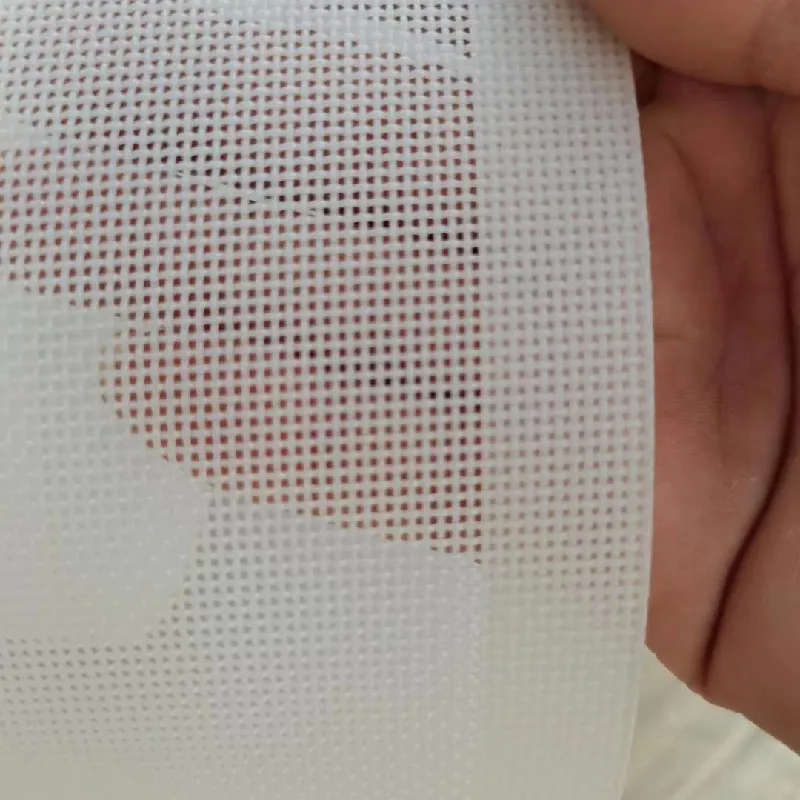-
 Afrikaans
Afrikaans -
 Albanian
Albanian -
 Amharic
Amharic -
 Arabic
Arabic -
 Armenian
Armenian -
 Azerbaijani
Azerbaijani -
 Basque
Basque -
 Belarusian
Belarusian -
 Bengali
Bengali -
 Bosnian
Bosnian -
 Bulgarian
Bulgarian -
 Catalan
Catalan -
 Cebuano
Cebuano -
 China
China -
 Corsican
Corsican -
 Croatian
Croatian -
 Czech
Czech -
 Danish
Danish -
 Dutch
Dutch -
 English
English -
 Esperanto
Esperanto -
 Estonian
Estonian -
 Finnish
Finnish -
 French
French -
 Frisian
Frisian -
 Galician
Galician -
 Georgian
Georgian -
 German
German -
 Greek
Greek -
 Gujarati
Gujarati -
 Haitian Creole
Haitian Creole -
 hausa
hausa -
 hawaiian
hawaiian -
 Hebrew
Hebrew -
 Hindi
Hindi -
 Miao
Miao -
 Hungarian
Hungarian -
 Icelandic
Icelandic -
 igbo
igbo -
 Indonesian
Indonesian -
 irish
irish -
 Italian
Italian -
 Japanese
Japanese -
 Javanese
Javanese -
 Kannada
Kannada -
 kazakh
kazakh -
 Khmer
Khmer -
 Rwandese
Rwandese -
 Korean
Korean -
 Kurdish
Kurdish -
 Kyrgyz
Kyrgyz -
 Lao
Lao -
 Latin
Latin -
 Latvian
Latvian -
 Lithuanian
Lithuanian -
 Luxembourgish
Luxembourgish -
 Macedonian
Macedonian -
 Malgashi
Malgashi -
 Malay
Malay -
 Malayalam
Malayalam -
 Maltese
Maltese -
 Maori
Maori -
 Marathi
Marathi -
 Mongolian
Mongolian -
 Myanmar
Myanmar -
 Nepali
Nepali -
 Norwegian
Norwegian -
 Norwegian
Norwegian -
 Occitan
Occitan -
 Pashto
Pashto -
 Persian
Persian -
 Polish
Polish -
 Portuguese
Portuguese -
 Punjabi
Punjabi -
 Romanian
Romanian -
 Russian
Russian -
 Samoan
Samoan -
 Scottish Gaelic
Scottish Gaelic -
 Serbian
Serbian -
 Sesotho
Sesotho -
 Shona
Shona -
 Sindhi
Sindhi -
 Sinhala
Sinhala -
 Slovak
Slovak -
 Slovenian
Slovenian -
 Somali
Somali -
 Spanish
Spanish -
 Sundanese
Sundanese -
 Swahili
Swahili -
 Swedish
Swedish -
 Tagalog
Tagalog -
 Tajik
Tajik -
 Tamil
Tamil -
 Tatar
Tatar -
 Telugu
Telugu -
 Thai
Thai -
 Turkish
Turkish -
 Turkmen
Turkmen -
 Ukrainian
Ukrainian -
 Urdu
Urdu -
 Uighur
Uighur -
 Uzbek
Uzbek -
 Vietnamese
Vietnamese -
 Welsh
Welsh -
 Bantu
Bantu -
 Yiddish
Yiddish -
 Yoruba
Yoruba -
 Zulu
Zulu
Optimizing Fish Breeding Networks for Sustainable Aquaculture Practices
Exploring Fish Breeding Nets A Key Component in Aquaculture
Aquaculture, also known as fish farming, has gained significant traction in recent years due to the increasing global demand for seafood. As populations rise and wild fish stocks deplete, the need for sustainable and efficient fish farming methods has never been more critical. A pivotal element in this industry is the use of fish breeding nets, which provides a controlled environment for the reproduction and growth of fish. This article delves into the importance, function, and types of fish breeding nets in aquaculture.
Fish breeding nets are specialized enclosures designed to facilitate the breeding process of various fish species. These nets serve multiple purposes, including providing a safe and regulated environment for fish to spawn and grow. By using breeding nets, aquaculture farmers can protect young fish from predators, manage water quality, and optimize feeding practices, leading to healthier fish stocks and improved yields.
One of the key benefits of employing fish breeding nets is the ability to control environmental conditions. Water temperature, salinity, and oxygen levels can significantly affect fish health and breeding success. By using nets, farmers can create optimal conditions that mimic the natural habitat of the fish, enhancing their reproductive success rates. This control over the ecosystem is vital, particularly for species that are sensitive to changes in their environment.
There are several types of fish breeding nets, each designed with specific species and farming conditions in mind
. One of the most common types is the floating net pen, which allows fish to swim freely in a contained area while remaining exposed to natural water currents. This design is particularly popular for larger species such as salmon and trout, as it allows farmers to manage feeding and breeding effectively without compromising the natural behavior of the fish.fish breeding net

Another type is the fixed net cage, typically anchored to the seabed or lake floor, providing a stable environment for breeding. This design is often used for species that require more protection during their early life stages, such as tilapia and catfish. Fixed net cages are advantageous in freshwater environments and can be customized to suit various species' needs.
In addition to promoting breeding efficiency, fish breeding nets also play a crucial role in disease management. By isolating young fish from potentially harmful pathogens present in the wild, farmers can reduce the risk of disease outbreaks. Moreover, nets allow for easier monitoring of fish health, enabling farmers to implement timely interventions when necessary.
Sustainability is another aspect where fish breeding nets excel. With global fish consumption on the rise, efficient breeding practices are essential to meet the demand without overexploiting natural resources. By providing a controlled breeding environment, nets can significantly contribute to the sustainable production of fish, ensuring that wild fish populations remain stable.
As technology advances, the design and materials used in fish breeding nets continue to evolve. Innovations such as biodegradable nets and improved mesh designs enhance durability and minimize environmental impact. Additionally, the integration of monitoring technologies enables real-time assessment of water quality and fish health, further optimizing breeding conditions.
In conclusion, fish breeding nets are a vital component of modern aquaculture, providing a sustainable approach to meet the growing demand for seafood. By creating controlled environments for breeding, these nets enhance fish health, promote efficient production, and support sustainable fishing practices. As the aquaculture industry continues to expand, the importance of innovative breeding solutions like fish breeding nets will undoubtedly play a crucial role in shaping the future of seafood production.
-
Shipping Plastic Bags for Every NeedNewsJul.24,2025
-
Safety Netting: Your Shield in ConstructionNewsJul.24,2025
-
Plastic Mesh Netting for Everyday UseNewsJul.24,2025
-
Nylon Netting for Every UseNewsJul.24,2025
-
Mesh Breeder Box for Fish TanksNewsJul.24,2025
-
Expanded Steel Mesh Offers Durable VersatilityNewsJul.24,2025











